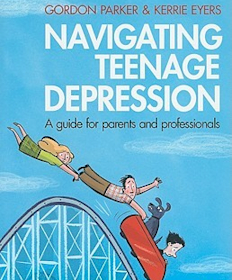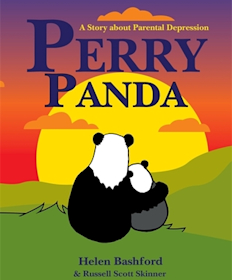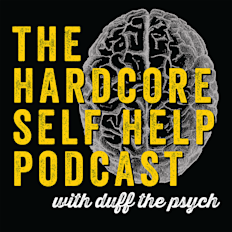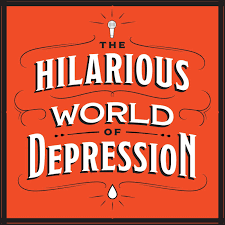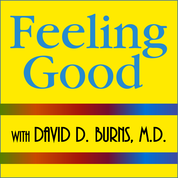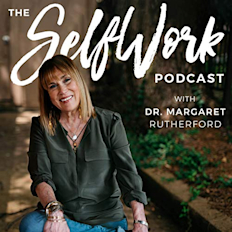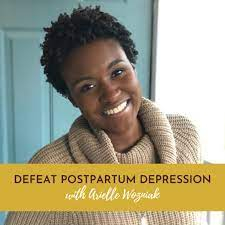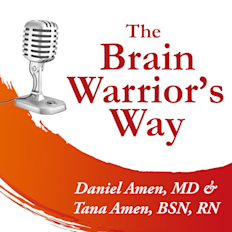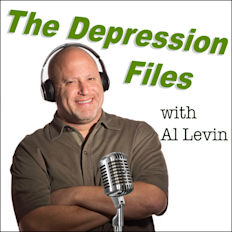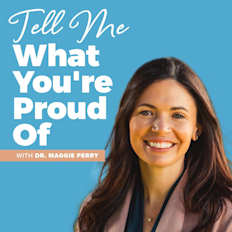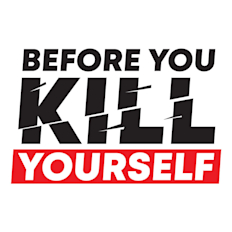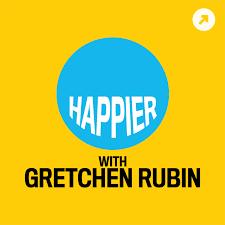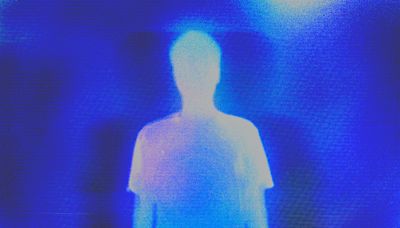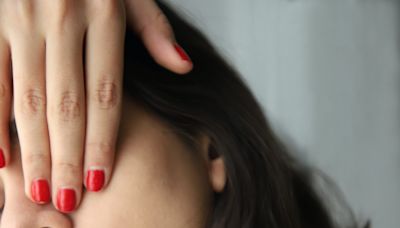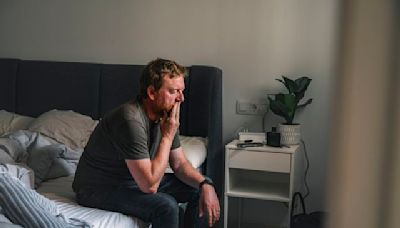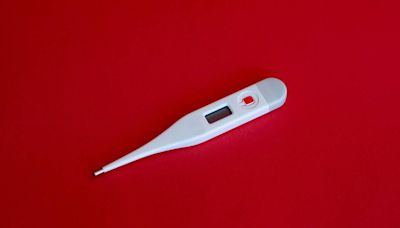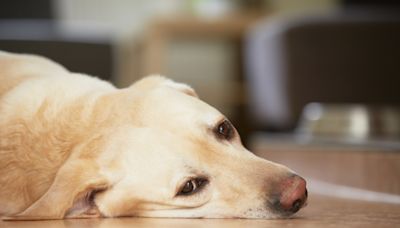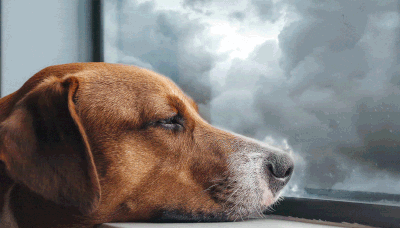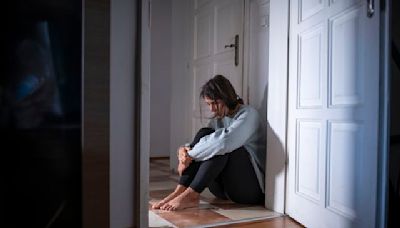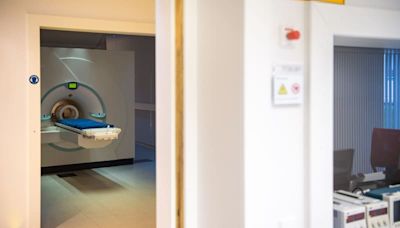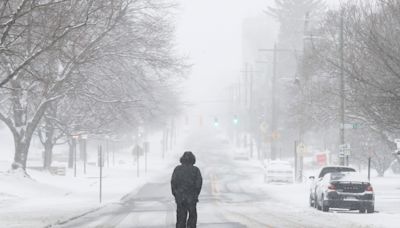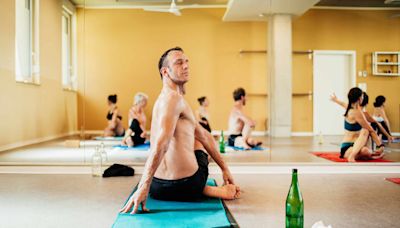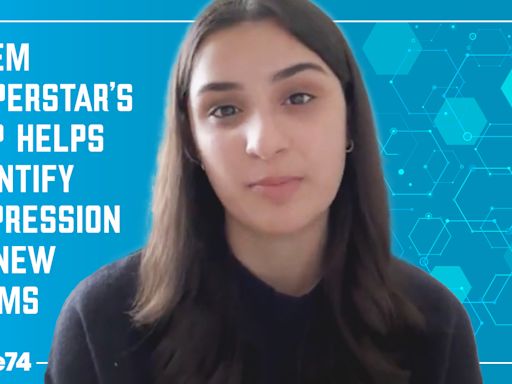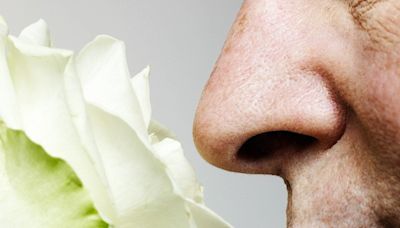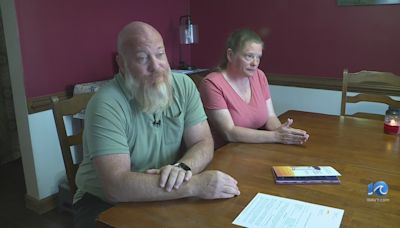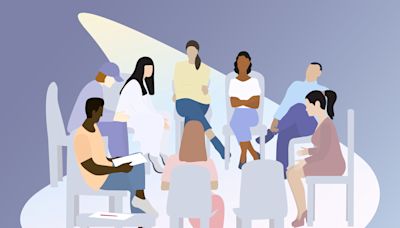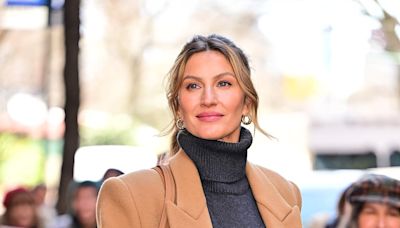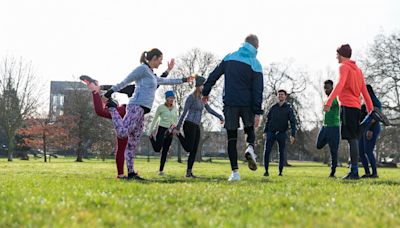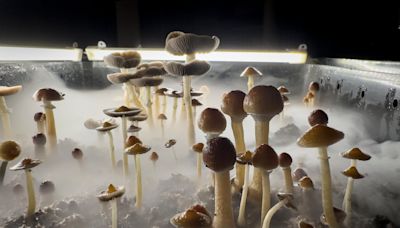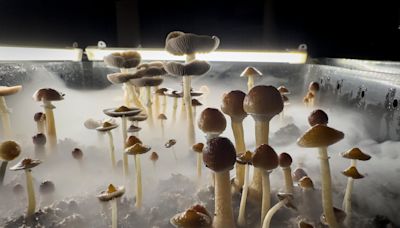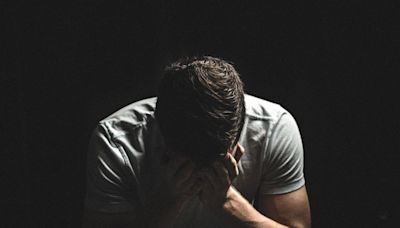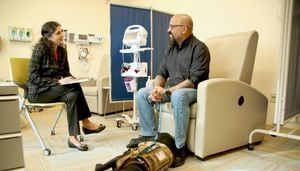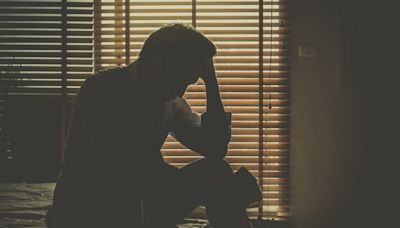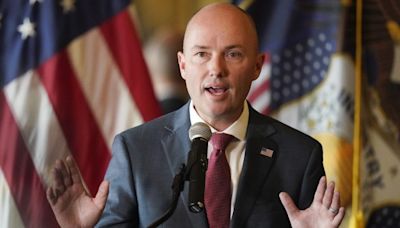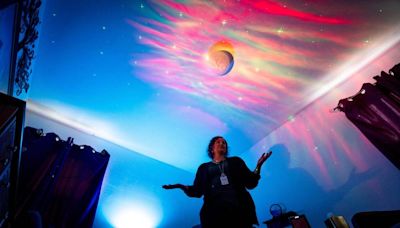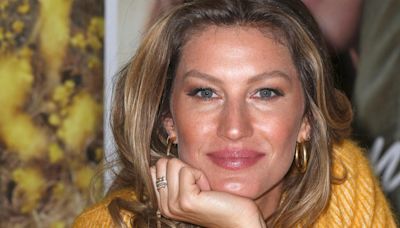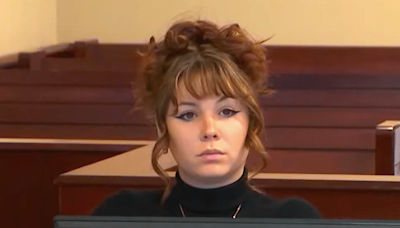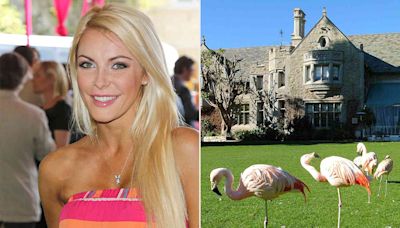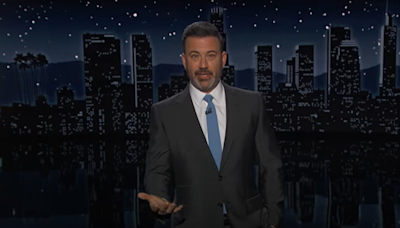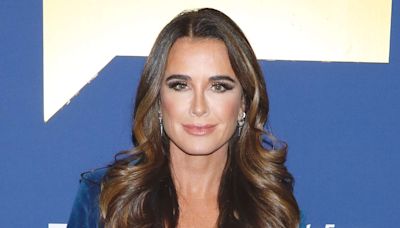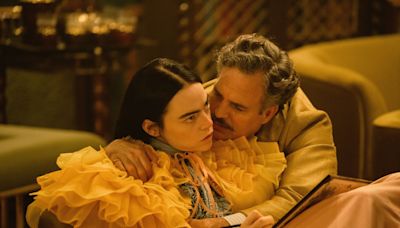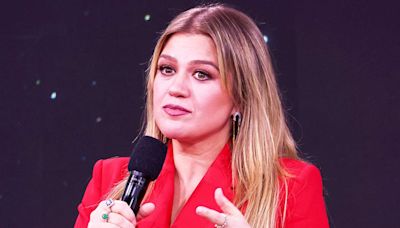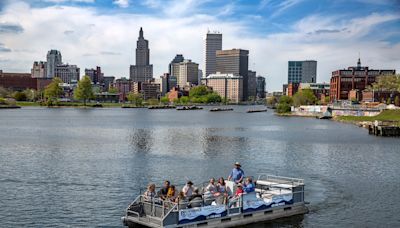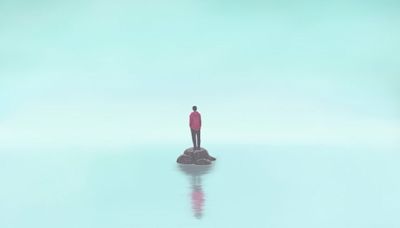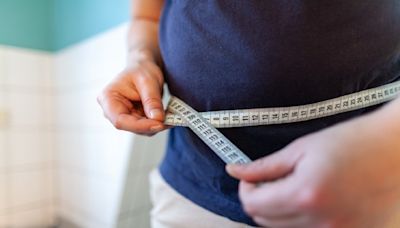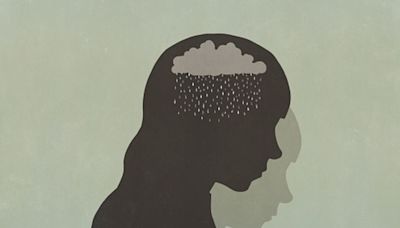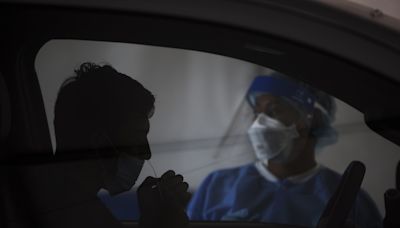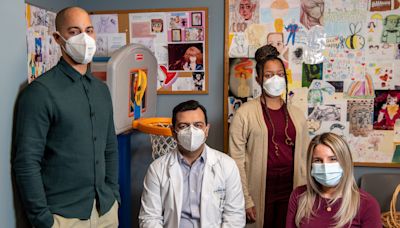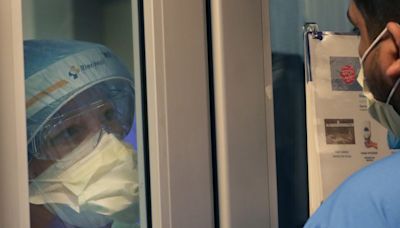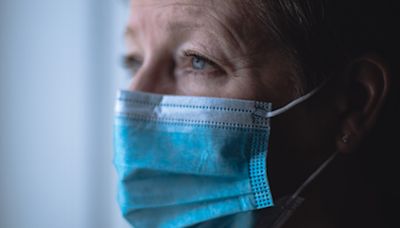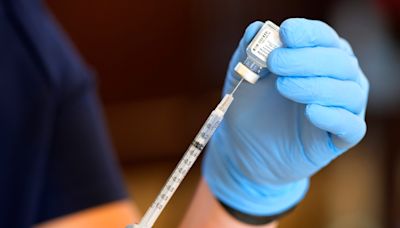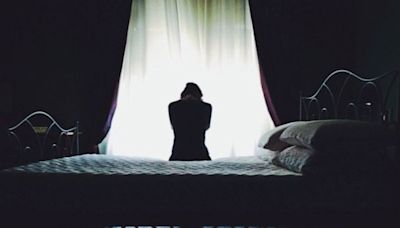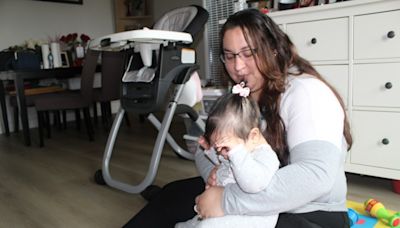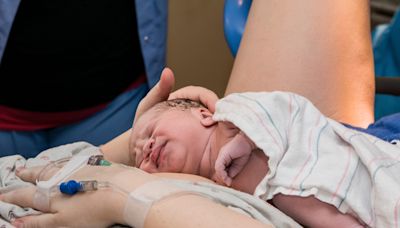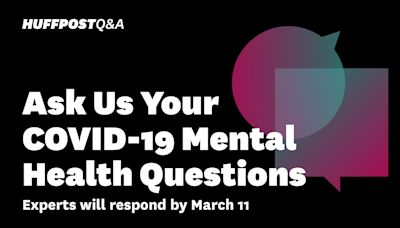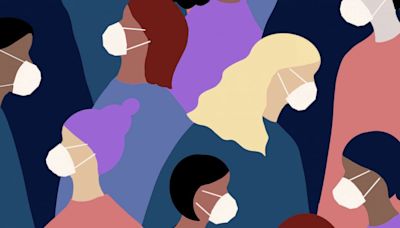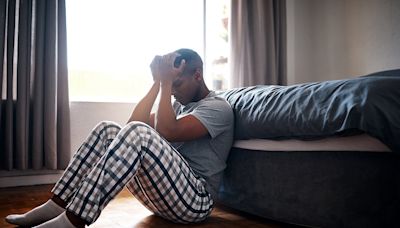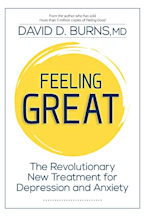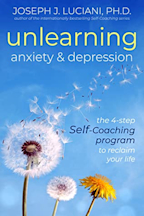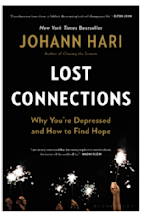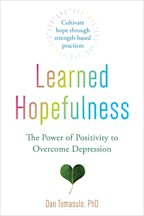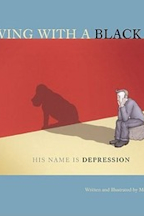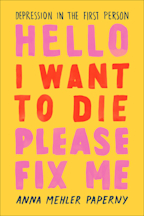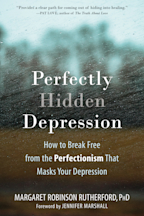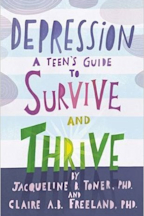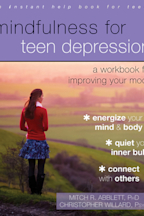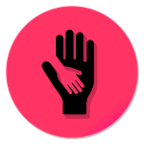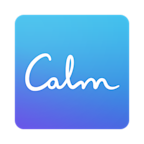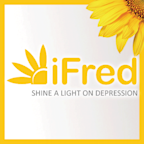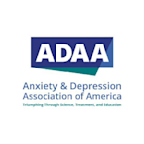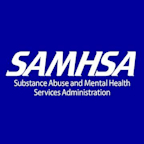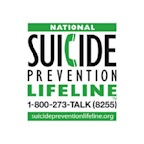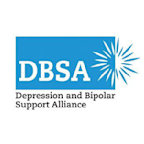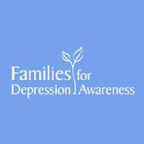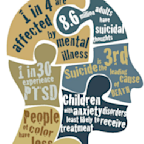Search results
- DictionaryDe·pres·sion/dəˈpreSH(ə)n/
noun
- 1. feelings of severe despondency and dejection: "self-doubt creeps in and that swiftly turns to depression"
- 2. a long and severe recession in an economy or market: "the depression in the housing market"
Find the right therapist for you.
Powered by

You will be redirected to a third party site for results, which are provided for informational purposes only. Yahoo does not retain any information submitted via this form, and does not endorse or recommend any particular services or therapists.
- Books for Family & Caregivers
- Podcasts
- Text HOME to 741741 to reach a trained Crisis Counselor through Crisis Text Line, a global not-for-profit organization. Free, 24/7, confidential.
Symptoms and Signs of Depression
Self-Care and Management
Depression and Celebrity Struggles
COVID-19 and its Effect on Depression
depression: [noun] an act of depressing or a state of being depressed: such as. a state of feeling sad : dejection. a mood disorder marked especially by sadness, inactivity, difficulty in thinking and concentration, a significant increase or decrease in appetite and time spent sleeping, feelings of dejection and hopelessness, and sometimes ...
- Overview
- Characteristics and causes of depression
- Types of depression
- Treatments for depression
depression, in psychology, a mood or emotional state that is marked by feelings of low self-worth or guilt and a reduced ability to enjoy life. A person who is depressed usually experiences several of the following symptoms: feelings of sadness, hopelessness, or pessimism; lowered self-esteem and heightened self-depreciation; a decrease or loss of ability to take pleasure in ordinary activities; reduced energy and vitality; slowness of thought or action; loss of appetite; and disturbed sleep or insomnia.
Depression differs from simple grief or mourning, which are appropriate emotional responses to the loss of loved persons or objects. Where there are clear grounds for a person’s unhappiness, depression is considered to be present if the depressed mood is disproportionately long or severe vis-à-vis the precipitating event. The distinctions between the duration of depression, the circumstances under which it arises, and certain other characteristics underlie the classification of depression into different types. Examples of different types of depression include bipolar disorder, major depressive disorder (clinical depression), persistent depressive disorder, and seasonal affective disorder.
Britannica Quiz
44 Questions from Britannica’s Most Popular Health and Medicine Quizzes
Depression is probably the most common psychiatric complaint and has been described by physicians since before the time of ancient Greek physician Hippocrates, who called it melancholia. The course of the disorder is extremely variable from person to person; it may be mild or severe, acute or chronic. Untreated, depression may last an average of four months or longer. Depression is twice as prevalent in women than in men. The typical age of onset is in the 20s, but it may occur at any age.
Depression can have many causes. Unfavourable life events can increase a person’s vulnerability to depression or trigger a depressive episode. Negative thoughts about oneself and the world are also important in producing and maintaining depressive symptoms. However, both psychosocial and biochemical mechanisms seem to be important causes; the chief biochemical cause appears to be the defective regulation of the release of one or more naturally occurring neurotransmitters in the brain, particularly norepinephrine and serotonin. Reduced quantities or reduced activity of these chemicals in the brain is thought to cause the depressed mood in some sufferers.
Depression is also associated with disordered rapid eye movement (REM) sleep. A region of the brain known as the amygdala contains neurons that project into the brainstem and appear to be involved in modulating REM sleep. The amygdala is also associated with processing negative thoughts and may be enlarged, hyperactive, or otherwise dysfunctional in some depressed persons. Although the significance of these associations is yet to be defined, the link between depression, disordered REM sleep, and abnormalities of the amygdala has led to new avenues of research into the neurobiology and treatment of depression.
Research suggests that depression is also linked to physical activity, whereby physical activity may lower a person’s risk of developing depression. Individuals who exercise typically report better mental health and are less likely to be depressed, compared with individuals who do not exercise.
Exclusive academic rate for students! Save 67% on Britannica Premium.
Learn More
Bipolar disorder, major depressive disorder, and persistent depressive disorder are the primary types of depression. A person who experiences alternating states of depression and mania (abnormal elevation of mood) or hypomania (distinct, though not necessarily abnormal, elevation of mood) is said to suffer from bipolar disorder. Major depressive disorder is characterized by severe symptoms that disrupt the individual’s daily life, typically with effects on appetite, sleep, work, or the ability to enjoy life. Episodes of major depression can occur at any age and may occur once or multiple times in an affected person’s life. Persistent depressive disorder involves symptoms that last two or more years, sometimes marked by episodes of major depression.
Other types of depression include postpartum depression, psychotic depression, and seasonal affective disorder, each of which develops under specific circumstances. Postpartum depression develops in women in the period following childbirth. Symptoms include anxiety, a lack of interest in caring for the infant, and feelings of sadness, hopelessness, or inadequacy. Postpartum depression is longer-lasting and more severe than the “baby blues,” a common condition among women after childbirth that typically involves mood swings, feelings of sadness, and crying spells. Psychotic depression arises against a background of psychosis, which may involve symptoms of delusions, hallucinations, or paranoia. Seasonal affective disorder is characterized by the onset of depressive symptoms in autumn and winter, which are alleviated with increased exposure to natural light in spring and summer.
There are three main treatments for depression. The two most important—and widespread by far—are psychotherapy and psychotropic medication, specifically antidepressants such as bupropion. Psychotherapy aims to alter the patient’s maladaptive cognitive and behavioral responses to stressful life events while also giving emotional support to the patient. Antidepressant medications, by contrast, directly affect the chemistry of the brain and presumably achieve their therapeutic effects by correcting the chemical dysregulation that is causing the depression. Two types of medications, tricyclic antidepressants and selective serotonin reuptake inhibitors (SSRIs; e.g., fluoxetine [Prozac]), though chemically different, both serve to prevent the presynaptic reuptake of serotonin (and in the case of tricyclic antidepressants, norepinephrine as well). This results in the buildup or accumulation of neurotransmitters in the brain and allows them to remain in contact with the nerve cell receptors longer, thus helping to elevate the patient’s mood. By contrast, the antidepressants known as monoamine oxidase inhibitors (MAOIs) interfere with the activity of monoamine oxidase, an enzyme that is known to be involved in the breakdown of norepinephrine and serotonin.
In cases of severe depression in which therapeutic results are needed quickly, electroconvulsive therapy (ECT) has sometimes proved helpful. In this procedure, a convulsion is produced by passing an electric current through the person’s brain. For most persons with depression, however, the best therapeutic results are obtained by using a combination of psychotherapy and antidepressant medication. (See also therapeutics.)
- The Editors of Encyclopaedia Britannica
Depression is a common mental health problem that involves a low mood and a loss of interest in activities. Learn more about the symptoms, different types, and treatment options.
- What does depression do to the brain?Depression can lead to changes in levels of neurotransmitters, which are molecules that transmit messages between nerve cells. In the long run, it...
- Does depression change your personality?Research has turned up mixed results about whether or not depression can actually change a person's personality. However, according to one review o...
- Does depression affect your thinking?Depression can alter concentration and decision-making. It may also impair attention and cause issues with information processing and memory.
Feb 28, 2024 · Depression is a mental health disorder. A depressed mood is a symptom, while depression is a clinical disorder consisting of a constellation of symptoms. Having depression can alter your emotions, behavior, thoughts, and relationships. There are multiple types of depressive disorders. The most well-known is major depressive disorder (MDD).
Apr 11, 2022 · Depressive Disorders. Depressive disorders are characterized by persistent feelings of sadness and worthlessness and a lack of desire to engage in formerly pleasurable activities. Depression is ...
- DefinitionA depressive disorder is a condition that involves the body, mood, and thoughts. It saps motivation and interferes with normal functioning of dai...
- SymptomsThe following signs and symptoms are cataloged by the DSM-5 as signifiers of major depressive disorder and at least five must be present during t...
- Are depressive symptoms different for different people?Not everyone experiences every symptom, nor do people experience the same symptoms to the same degree. Symptoms may vary not only between individua...
- What is the most common symptom of depression?The most widely reported symptom of depression is low mood and a sense of hopelessness about life and one's own prospects. Many people can relate t...
- CausesThere is no single cause of depression. Rather, evidence indicates it results from a combination of genetic, biological, environmental, and psychol...
- Are depressed men more likely to attempt suicide than depressed women?More than four times as many men as women die by suicide in the U.S., even though women make more suicide attempts during their lives. In light of...
- What can I do if I'm concerned that someone may attempt suicide?Report remarks about suicide to the depressed person's therapist, if they have one. Invite the depressed person for walks, outings, to the movies,...
- TreatmentDepression, even in the most severe cases, is a highly treatable disorder. The sooner treatment begins, the more effective it is and the greater th...
- How can loved ones help a depressed person?The most important thing anyone can do for a depressed person is to help him or her get an appropriate diagnosis and treatment. It may require maki...
Depression (also called major depression, major depressive disorder, or clinical depression) is diferent. It can cause severe symptoms that afect how a person feels, thinks, and handles daily activities, such as sleeping, eating, or working. Depression can afect anyone regardless of age, gender, race or ethnicity, income, culture, or education.
Nov 5, 2023 · Typical signs and symptoms of depression can include one or more of the following: sadness or melancholy. anxiety. feelings of worthlessness or guilt. feelings of hopelessness and despair. loss of interest in previously enjoyed activities. low energy levels and fatigue. aches, pains, headaches, or digestive problems.
